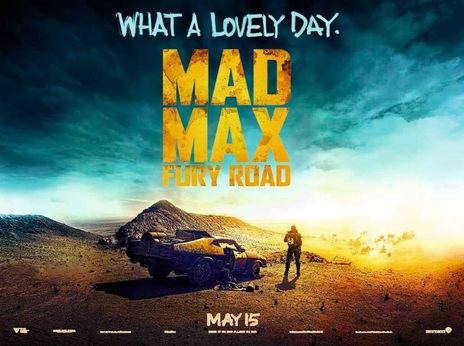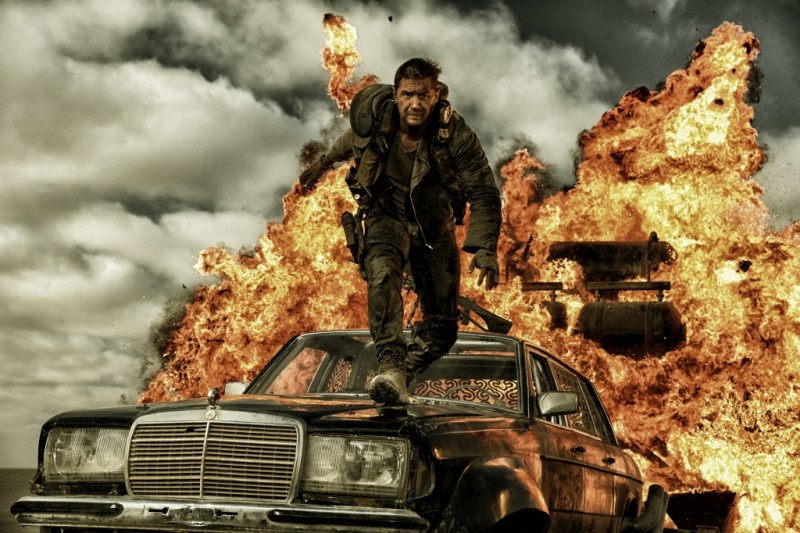The Hollywood Reporter has just confirmed MAD MAX: FURY ROAD as one of the best films of 2015, making it the most successful and best-reviewed film since 1981’s MAD MAX 2.
It is pretty good going for a film that, like STAR WARS, was years in development and was eagerly anticipated. Although Mel Gibson was no longer attached to it, the news that George Miller, the creator and director of all previous offerings, was enough to tantalise and tease fans that there just might be something in this sequel.
The biggest surprise was the budget. The film was brought in at around $150 million, more than four times the budget of the previous films combined. MAD MAX (1979) was made for less than a million, MAD MAX 2 (THE ROAD WARRIOR) (1981) was made for $4 million and MAD MAX – BEYOND THUNDERDOME (1985) came in at around $15 million.
When the first film was released, it was dubbed into an ‘American English’ for the US market when its distributor, American International, decreed that American audiences might not understand the regional Australian accent (Warner Brothers retitled MAD MAX 2 as THE ROAD WARRIOR for its US release due to the failure of MAD MAX in this version).
It came to pass that the dubbed version of the 1979 film was shown in UK cinemas and on its initial VHS release through Warner Home Video in 1982 in the UK.
George Miller has carved out a considerable career away from MAX with such films as one part of TWILIGHT ZONE – THE MOVIE (1983), alongside directors John Landis, Steven Spielberg and Joe Dante. (The big-screen adaptation of the classic Rod Serling TV series is more infamous for the tragedy that befell actor Vic Morrow and two child actors on the set, which resulted in them being killed when a helicopter (hit when explosions prematurely detonated) crashed on top of them in a water-based scene. Morrow had just completed a role in the Italian exploitation actioner, 1990 – THE BRONX WARRIORS (1982) at that point. The incident changed child labour laws in the USA and Landis amongst others was charged with manslaughter during one of the most high-profile trials of it’s kind).
He was also responsible for directing Jack Nicholson (and Cher amongst others) in THE WITCHES OF EASTWICK (1987) and eventually won an Academy Award for his animated hit HAPPY FEET.
His company, Kennedy Miller, is named in part after the producer of MAD MAX and MAD MAX 2, Byron Kennedy, who was sadly killed in a helicopter crash in Australia in 1983. The company has become a major force in distribution and continues to produce some terrific work as time goes on.
MAD MAX – FURY ROAD demonstrated that there is still an audience for the lone warrior.






























